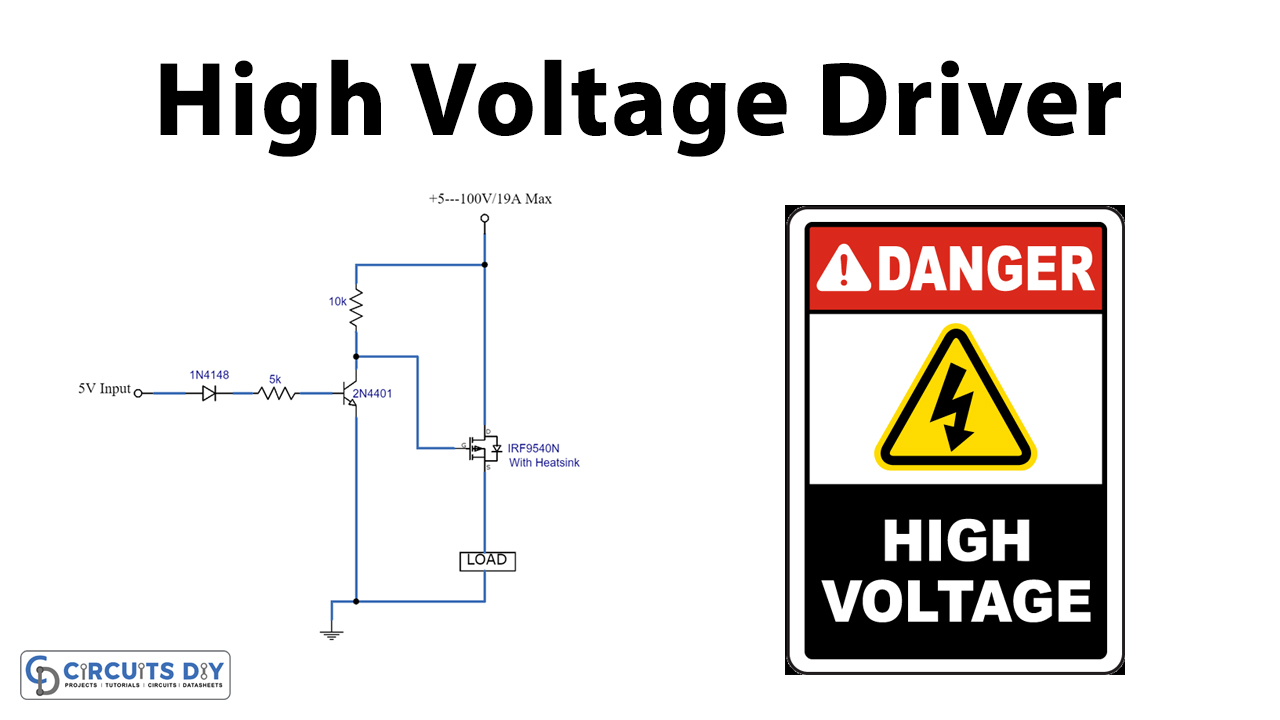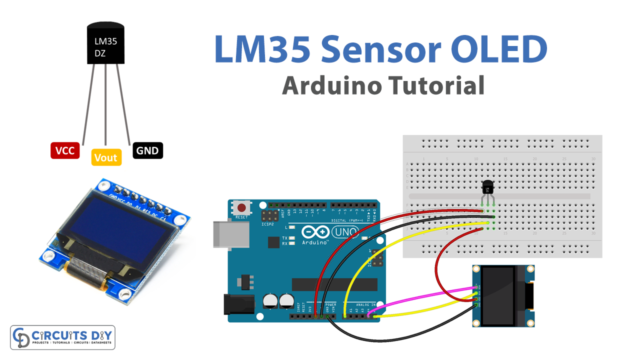When using an Arduino, we often need to control more voltage/current than can be handled directly from the Arduino pins. Most Arduino pins can handle 5VDC and 20ma of continuous current. However, other sources suggest an Arduino I/O pin can handle 40ma as an absolute maximum (without damage to the Arduino). To control devices, such as motors, lamps, etc. that require more voltage/current than can be handled directly by the Arduino pins, we need to place a circuitry in between the Arduino and those higher I/V requirement devices such as a high voltage driver circuit. In this project, we are going to design a simple Arduino high voltage driver circuit using IRF9540 Power MOSFET.
The IRF9540N is a P-Channel Power Mosfet. The MOSFET can switch loads that consume up to 23A continuous current and operate below 100V. It also has a decent on-state resistance of 0.117Ω which increases the efficiency of the MOSFET since it will dissipate less heat as a loss.
Hardware Components
You will need the following parts to build this project.
| S.no | Component | Value | Qty |
|---|---|---|---|
| 1. | Arduino with a Cable | Uno R3 | 1 |
| 2. | Channel Power MOSFET | IRF9540 P | 1 |
| 3. | NPN Transistor | 2N4401 | 1 |
| 4. | Diode | 1N4148 | 1 |
| 5. | Resistor | 10k, 5k | 1,1 |
| 6. | DC FAN (For a load of) | 12 V, 24 V | 1, 1 |
| 7. | DC Power Jack | – | 1 |
| 8. | Battery | 9v | 1 |
| 9. | Connecting Wires | – | 1 |
| 10. | Breadboard | – | 1 |
IRF9540 Pinout

Circuit Diagram

Working Explanation
This is a pretty simple circuit. requiring a small number of components. It works on a separate DC power & uses the 5V DC signal input from the Arduino UNO as an input.
This circuit can drive loads from 5V to 100V with up to 19A of current, besides IRF9540, other power MOSFETs can also be used in case more current is required. The IRF9540 MOSFET will dissipate heat during operation, therefore, a suitable heat sink must be used.
Applications
- Usually used to control devices requiring a higher rate of voltage /current consumption.
- Usually used to regulate the current flowing through another circuit or to control other factors such as other components.













